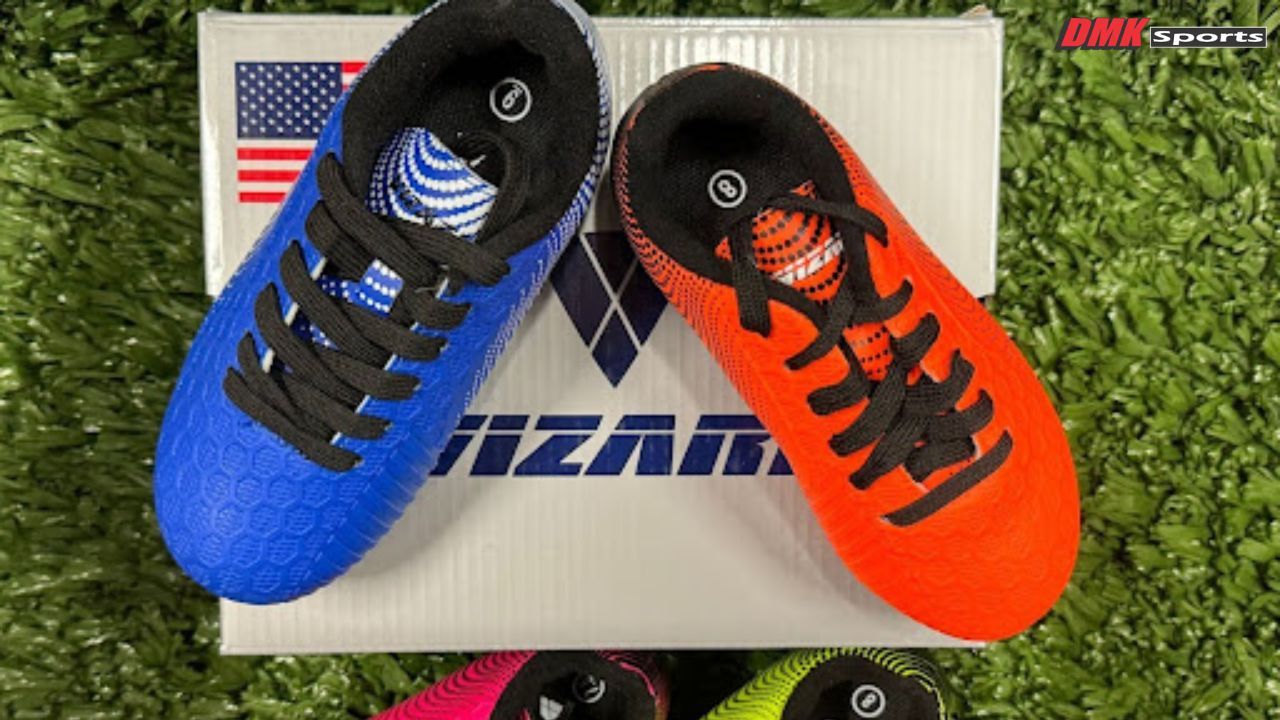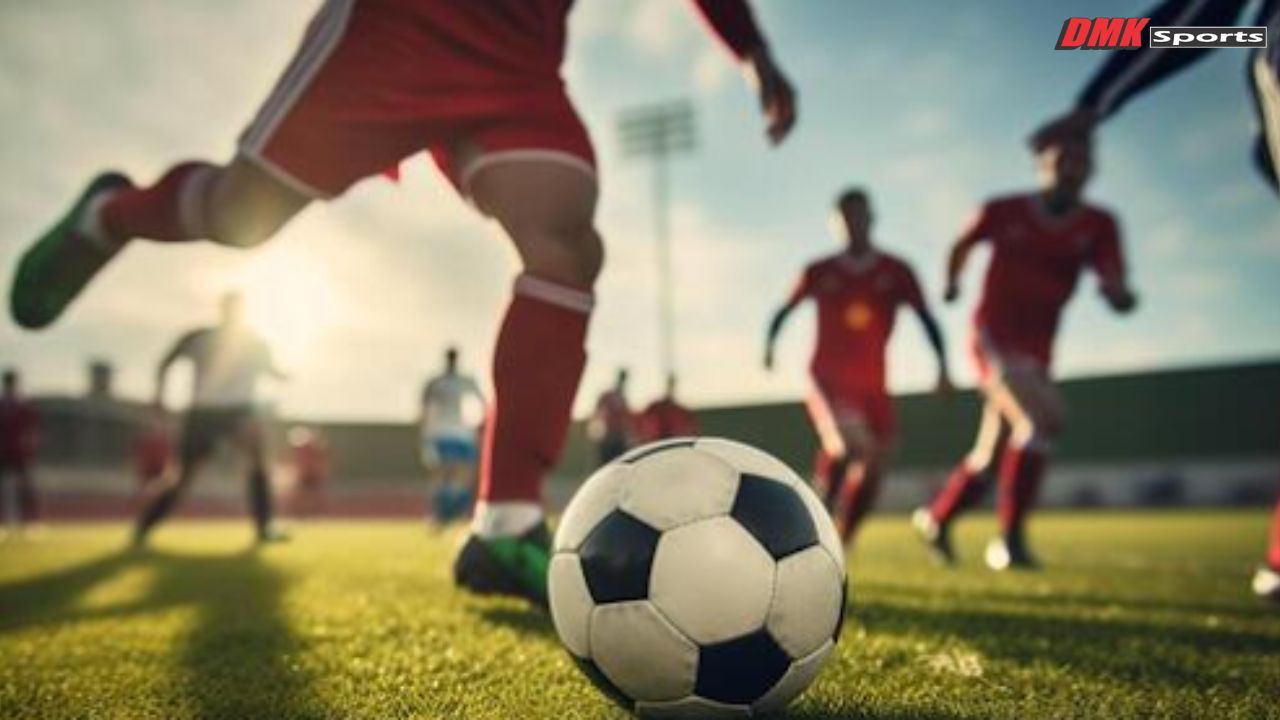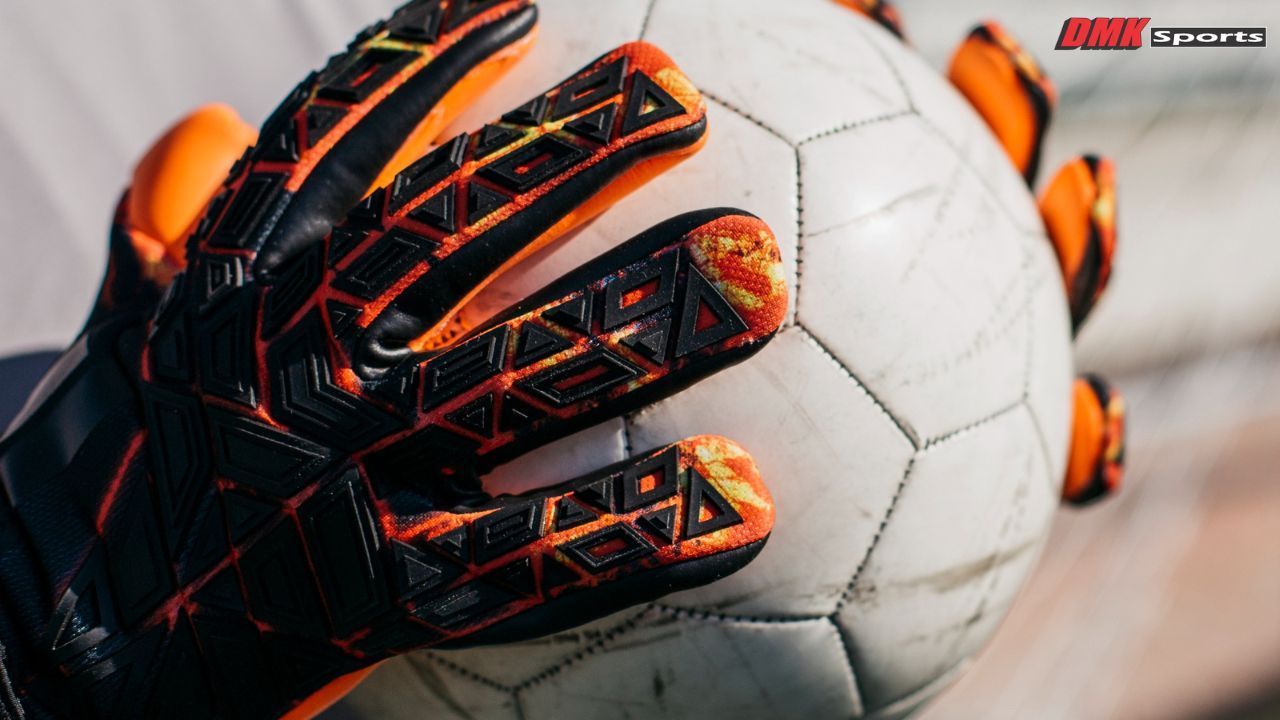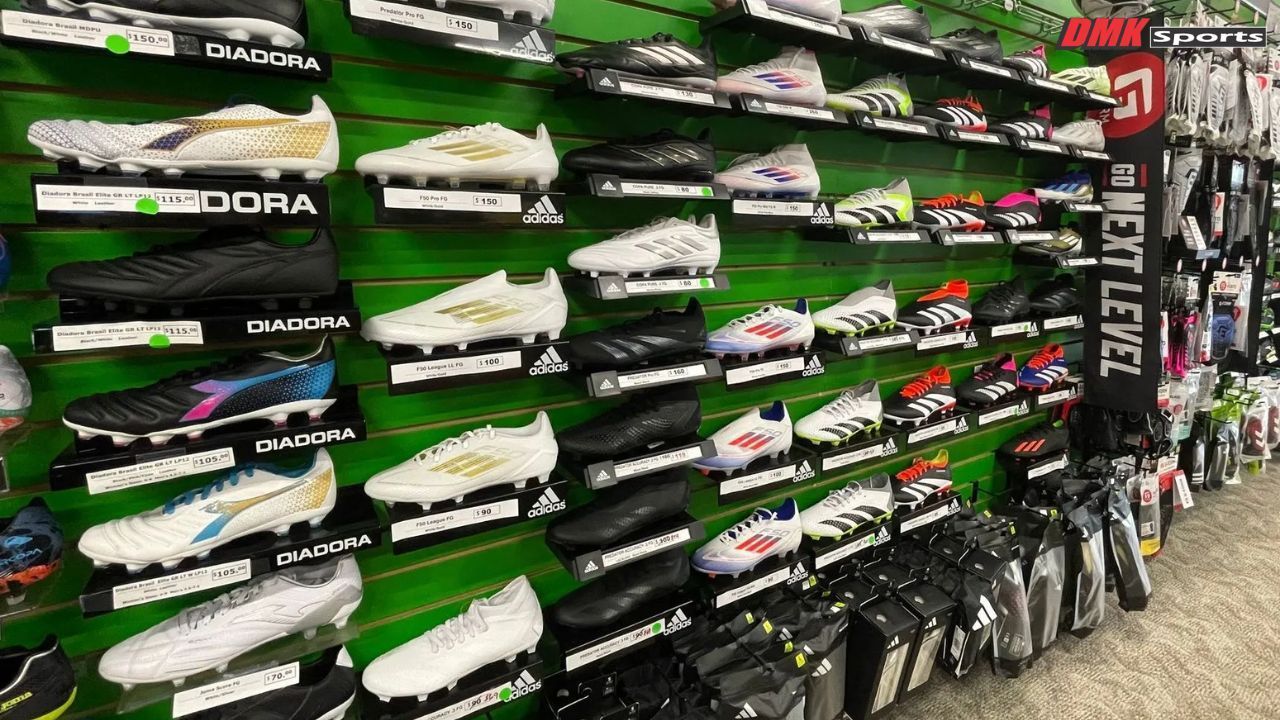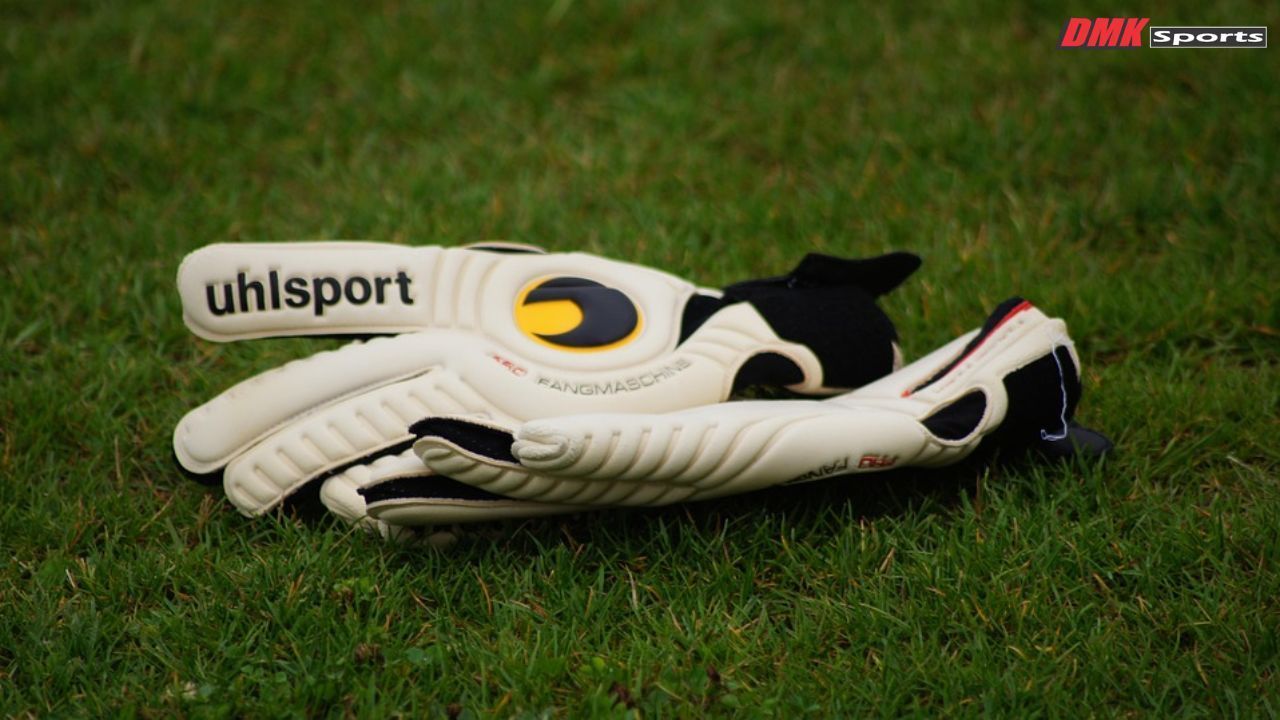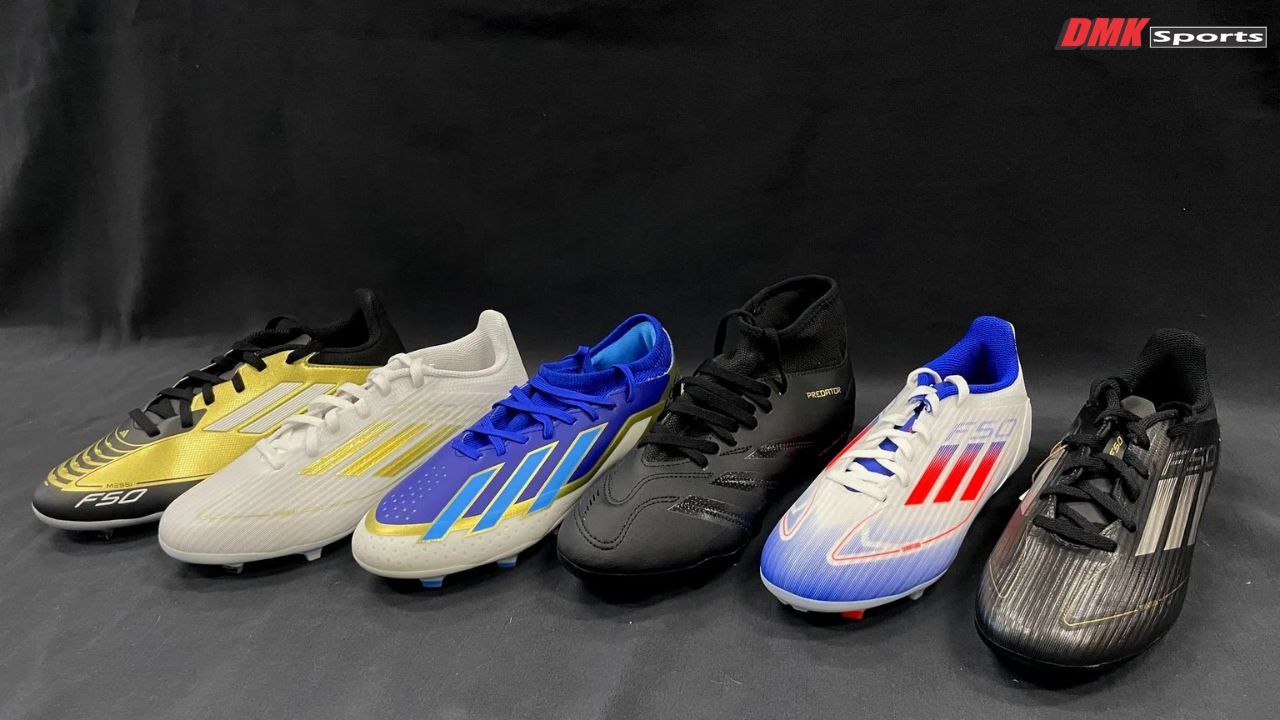How to Break in Soccer Cleats Without Pain: A Player’s Guide
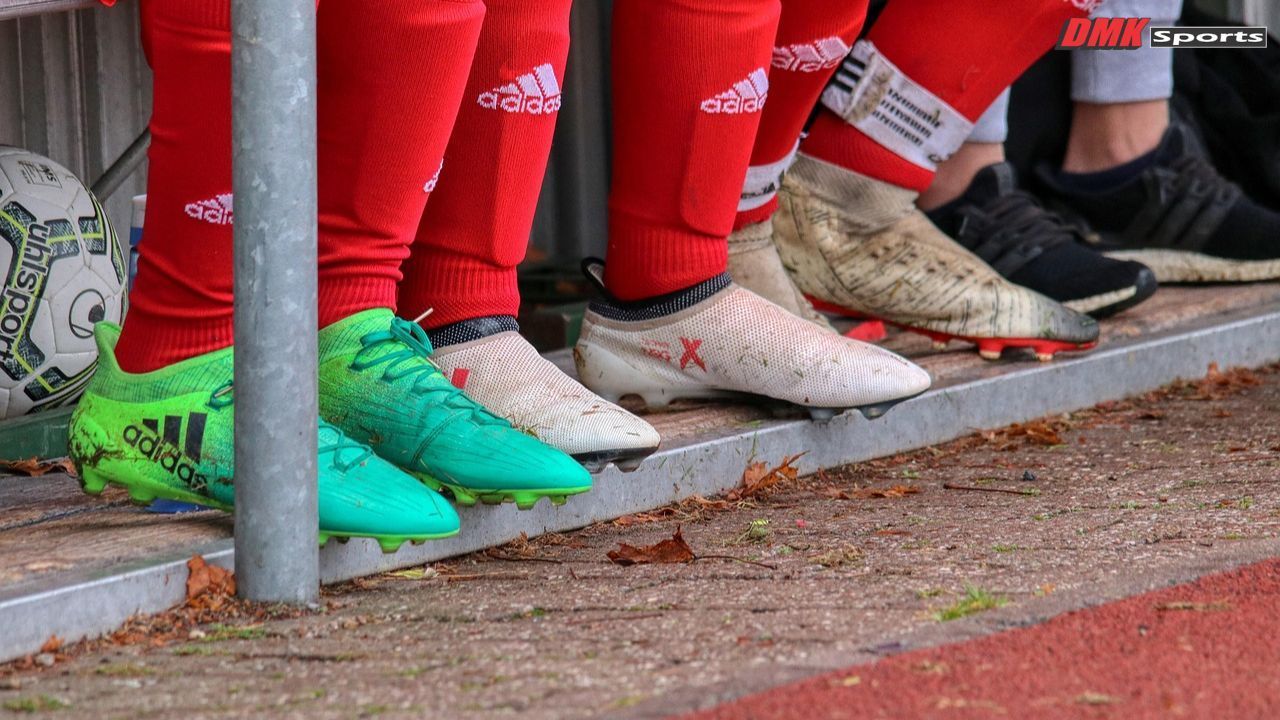
Getting new cleats is exciting, but many players worry about discomfort during the break-in period. Players who rush straight into games without properly breaking in their cleats often pay the price with painful blisters, aching feet, or worse injuries that could sideline them for weeks. Don't let excitement turn into agony by following these tips.
This guide explains how to break in soccer cleats the right way, to protect your performance on the field while staying comfortable. With these proven strategies, you can make your cleats game-ready without experiencing any pain.
At DMK Sports, we provide not only high-quality soccer footwear but also practical guides to help players improve their game. Throughout this article, we’ll recommend products and resources from dmksports.com that will also help you to understand how to quickly break in soccer cleats.
Why Soccer Cleats Need Breaking In
Soccer cleats are made of durable materials like leather or synthetic textiles. Although they offer support and endurance, your shoes may seem rigid when brand-new. You run the risk of discomfort, skin irritation, and decreased performance if you don't break in your properly.
Your cleats will conform to your foot with a quick break-in, giving you the ideal mix of comfort and control.
Different cleats have different needs. Synthetic cleats break in faster, while leather cleats require more time to soften and shape. Knowing how to adjust your break-in method to the material makes the process much smoother.
Step-by-Step Guide: How to Break in Soccer Cleats
1. Wear Them at Home First
Wondering how to break in soccer cleats fast? Before heading to the field, put on your new soccer cleats indoors. Wear soccer socks and walk around for 20–30 minutes at a time for a few days leading up to your game. This helps your feet get used to the fit and slowly softens the material.
2. Use Warm Water Technique (For Synthetic Cleats)
If you want to know how to quickly break in soccer cleats, the warm water method is popular. Fill a bucket with lukewarm water and dip your cleats for 15 minutes. Then wear them with socks until they dry naturally. This helps stretch the upper material for a custom fit quickly.
Avoid using hot water, as it can damage the glue or warp the shoe shape.
3. Practice Light Training Drills
Once the cleats feel a little softer, wear them during light practice sessions. Start with jogging, passing drills, and easy touches. This gradual approach avoids blisters while shaping the cleats to your playing style.
4. Use a Cleat Steamer or Shoe Stretcher
Players who need to break in cleats fast often use a cleat steamer. It softens the material quickly, making it flexible in less time. A shoe stretcher is also useful if you have wide feet and need extra space around the toe box.
Check our guide on cleaning football cleats to maintain their condition after steaming.
5. Breaking in Leather Cleats
If you are wondering how to break in leather soccer cleats, patience is key. Leather needs more time than synthetic materials. Wear them gradually over several training sessions and apply leather conditioner to keep the upper soft and flexible. This helps prevent cracking and improves long-term comfort.
6. Break in Overnight with Socks
For players asking how to break in soccer cleats overnight, here’s a simple trick: wear your cleats with thick socks for a few hours indoors. This stretches the material slightly and makes the first training session easier to handle.
How Long Does It Take to Break in Soccer Cleats
Most of the time synthetic soccer cleats could take about 2–3 sessions to feel game-ready. On the other hand, Leather cleats may take a week or more.
These break-in periods are mostly dependent on how often you wear them and how carefully you follow the steps above. Forcing them too quickly can cause foot pain, so patience pays off.
Mistakes to Avoid When Breaking in Cleats
- Do not wear brand-new cleats for a full match right away.
- Avoid soaking them in hot water or leaving them under direct sunlight.
- Do not try to stretch them using extreme methods like heating in an oven or using chemicals.
These mistakes can damage your cleats permanently. Instead, follow proven break-in steps that protect both your shoes and your feet.
Extra Tips for Player Comfort
- Always wear soccer socks designed for moisture control to reduce blisters.
- Use blister pads or gel inserts if your cleats feel tight around certain areas.
- Rotate between your new cleats and an older pair during the first week.
To understand more about the types of cleats that fit best, check our guide on what soccer cleats have the best support.
Choosing the Right Soccer Cleats
Breaking in cleats is easier if you start with the right pair. Your cleats should match your playing style, position, and foot shape. For example, laceless cleats are gaining popularity for comfort and fit. Learn more in our article on the benefits of laceless soccer cleats.
If you’re unsure about the difference between football and soccer cleats, see our comparison here: soccer cleats vs football cleats.
Frequently Asked Questions
How can you break in synthetic soccer cleats quickly?
Wear them with socks at home, use the warm water method, or a cleat steamer.
How long is the break-in period for soccer cleats?
Synthetic cleats take 2–3 sessions. Leather cleats may take a week or more.
Can you break in cleats without wearing them?
Yes, using a shoe stretcher or cleat steamer helps soften them before use.
What is the best way to break in new soccer cleats fast?
Start indoors, use warm water for synthetic shoes, and practice light drills before full games.
Recommended Reads and Products from DMK Sports
- What Soccer Cleats Have the Best Support
- Clean Football Cleats
- Soccer Cleats vs Football Cleats
- The Benefits of Laceless Soccer Cleats
- Football Cleats versus Soccer Cleats
- Best Futsal Shoes 2025
- What Size Soccer Ball for 8-Year-Old
Conclusion
Don’t let new cleats slow you down, give them a quick warm-up instead of wrestling with blisters. Breaking in soccer cleats doesn’t have to hurt.
Use proven methods, wear them around the house, flex the soles, and apply leather conditioner to mold them comfortably to your feet. Then maintain them properly, and you’ll enjoy peak performance from kick-off to final whistle.
For expert guides and the best cleat options, always trust dmksports.com. Whether you’re looking for laceless designs, durable leather uppers, or youth soccer gear, DMK Sports is your trusted source for top-quality soccer equipment.


